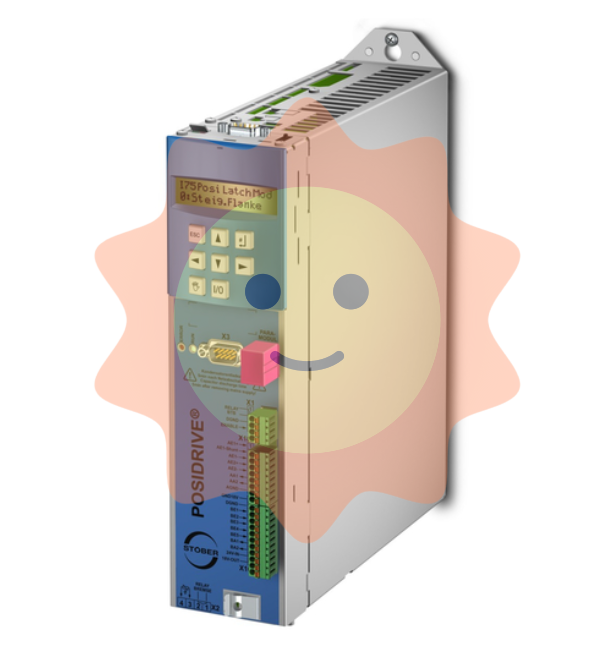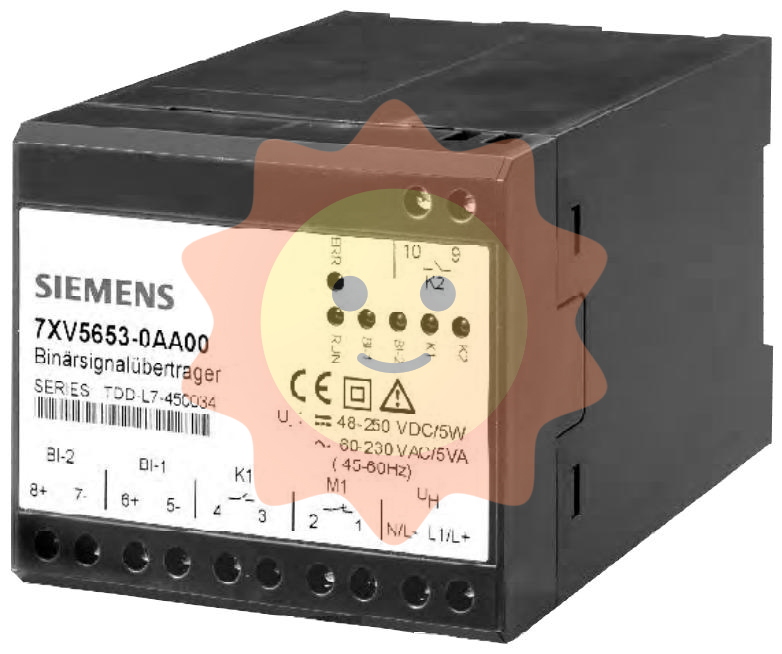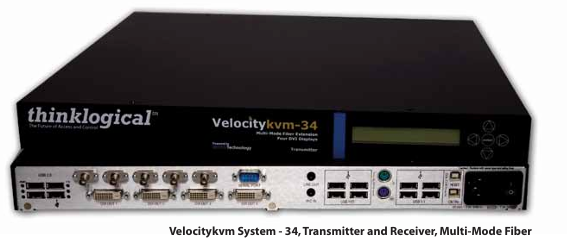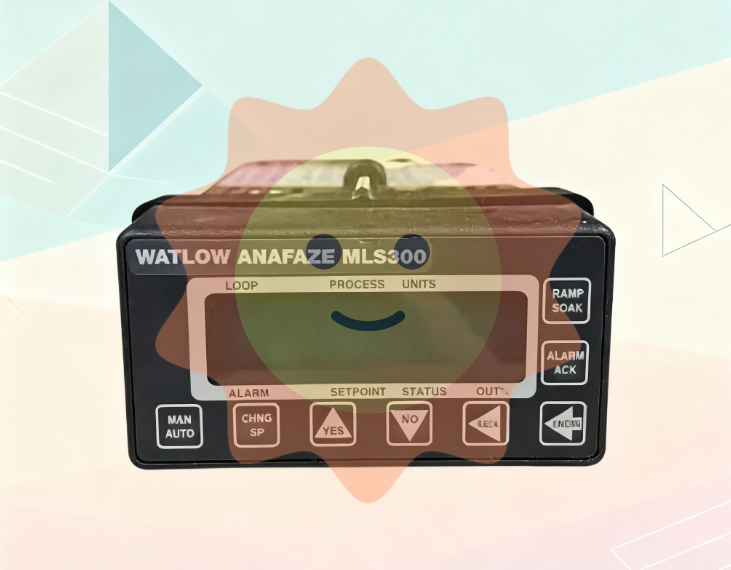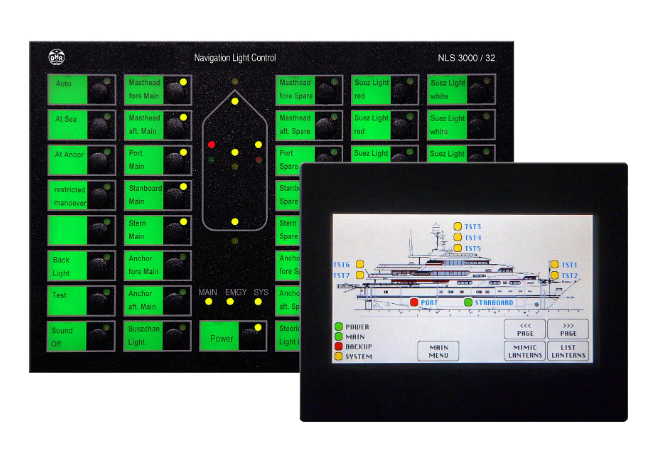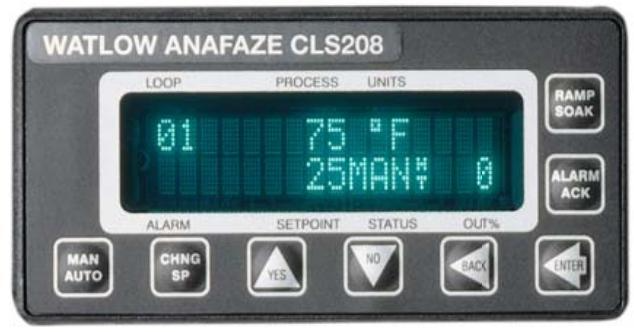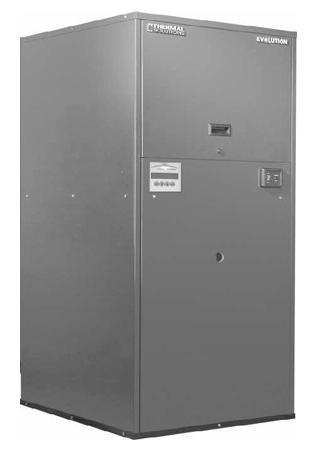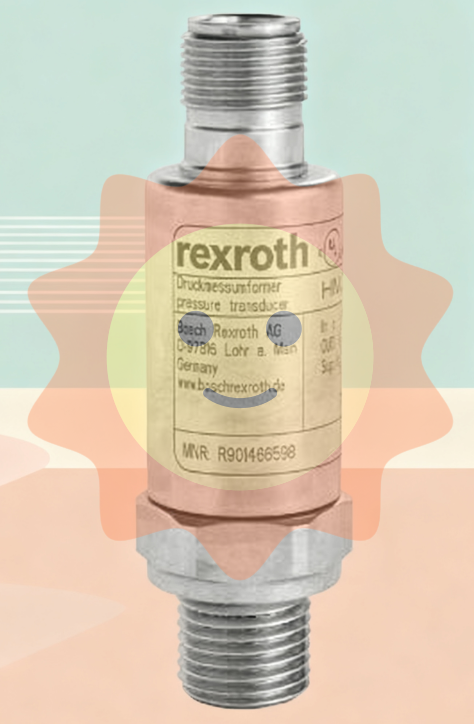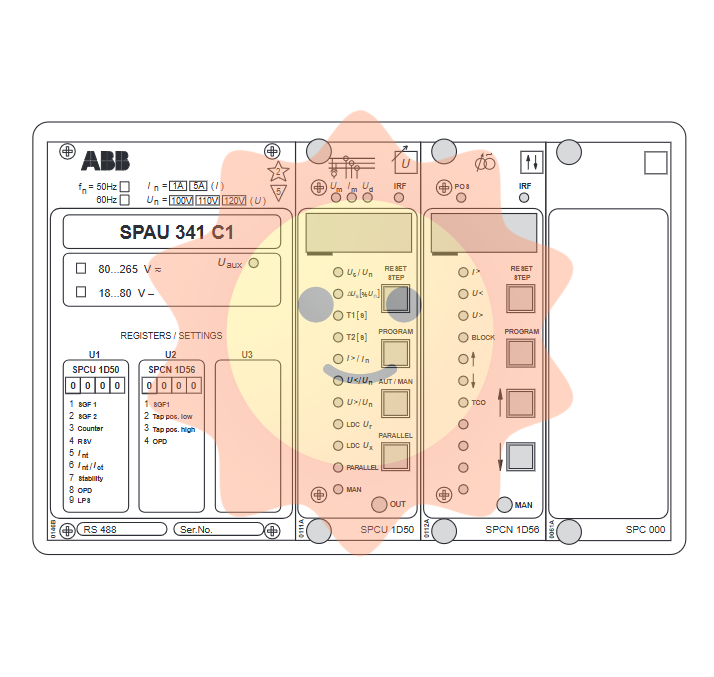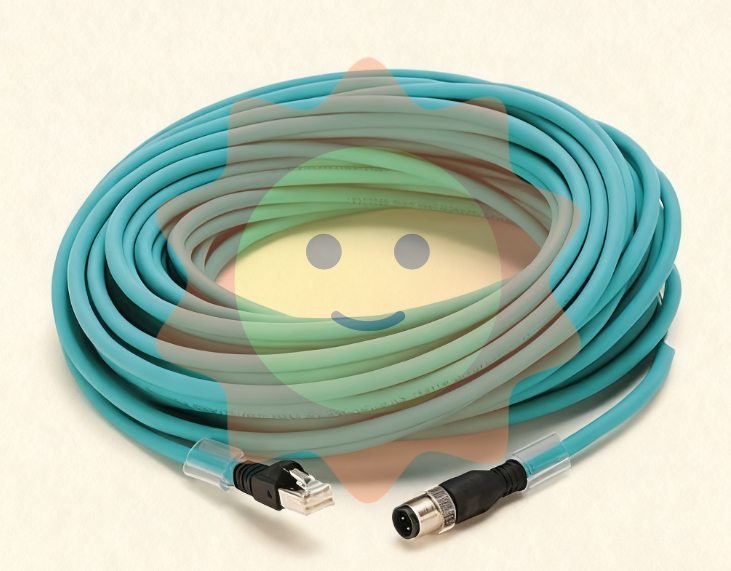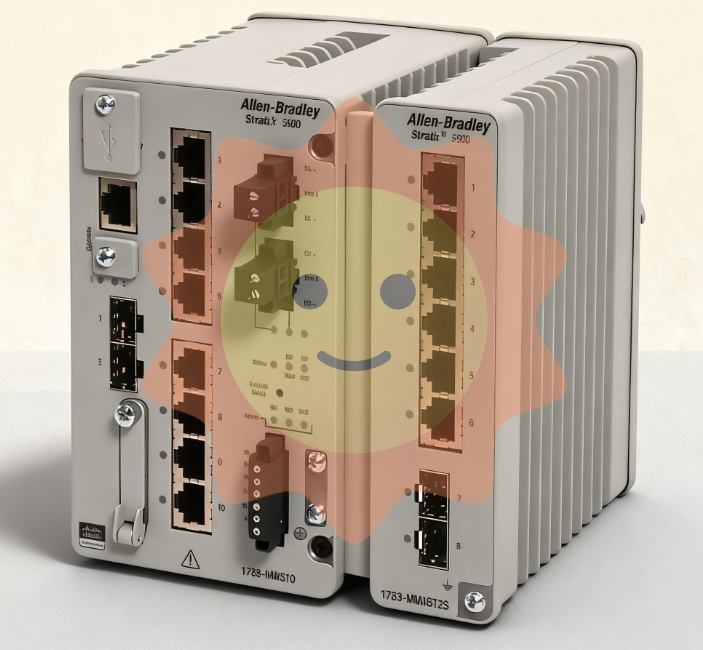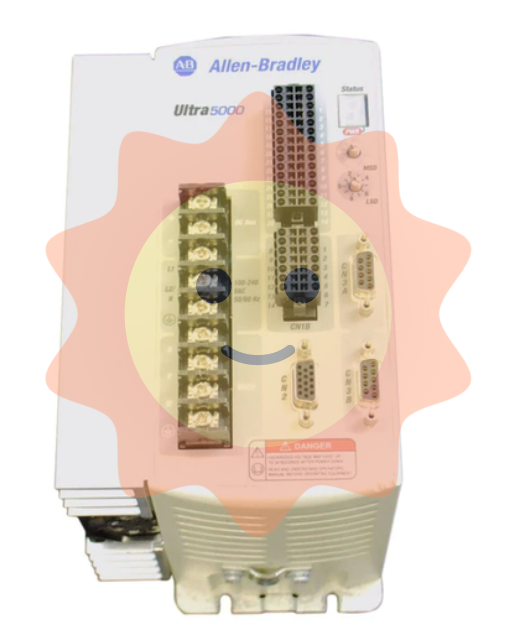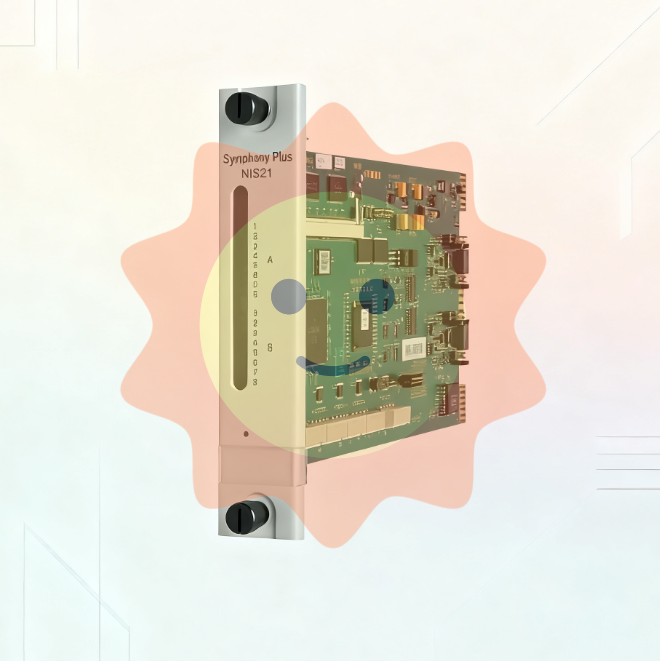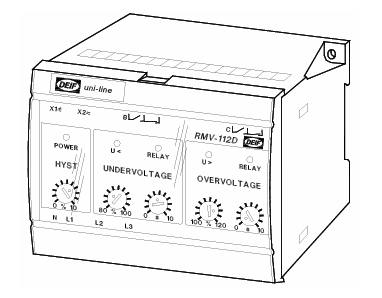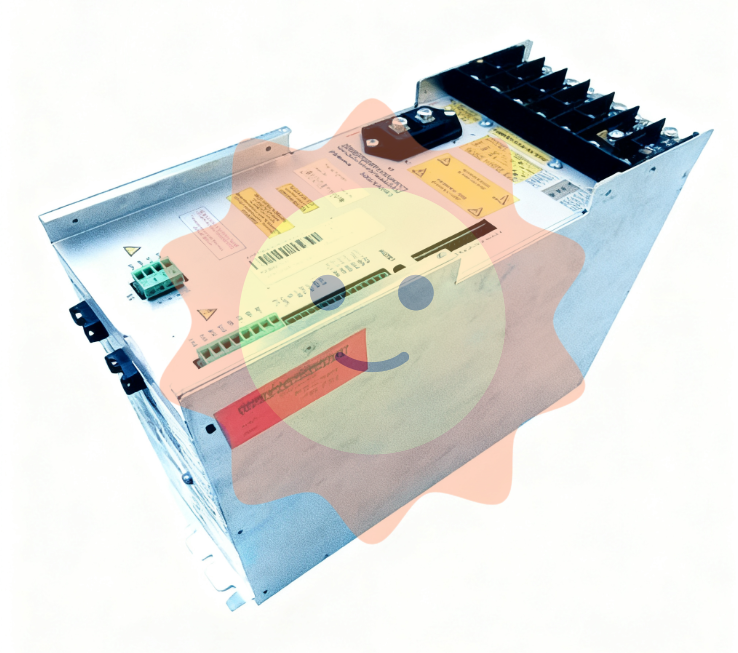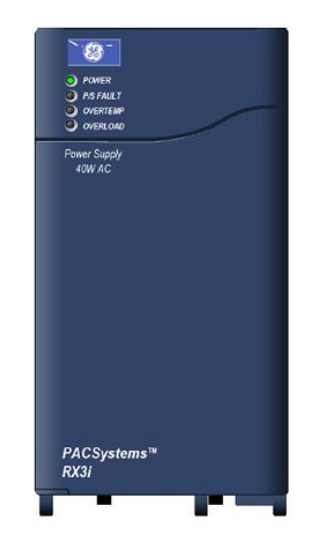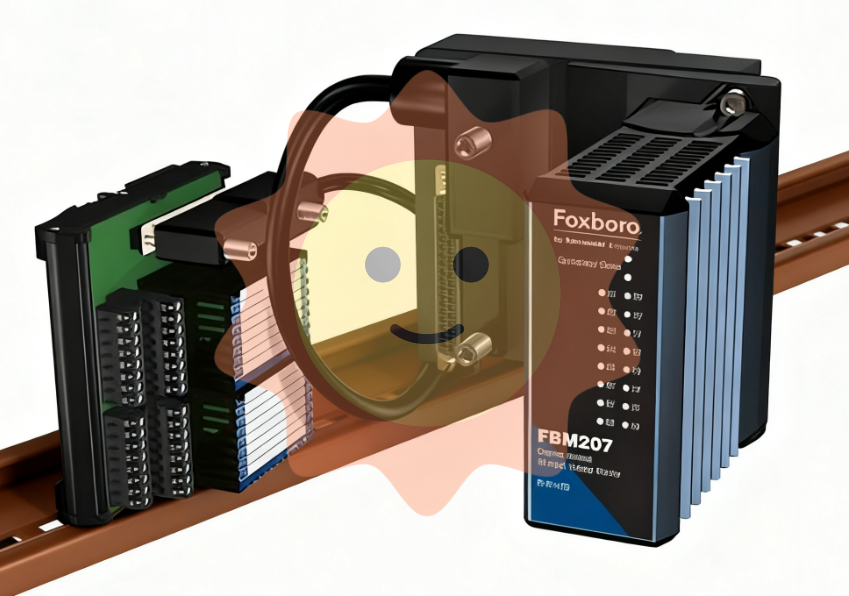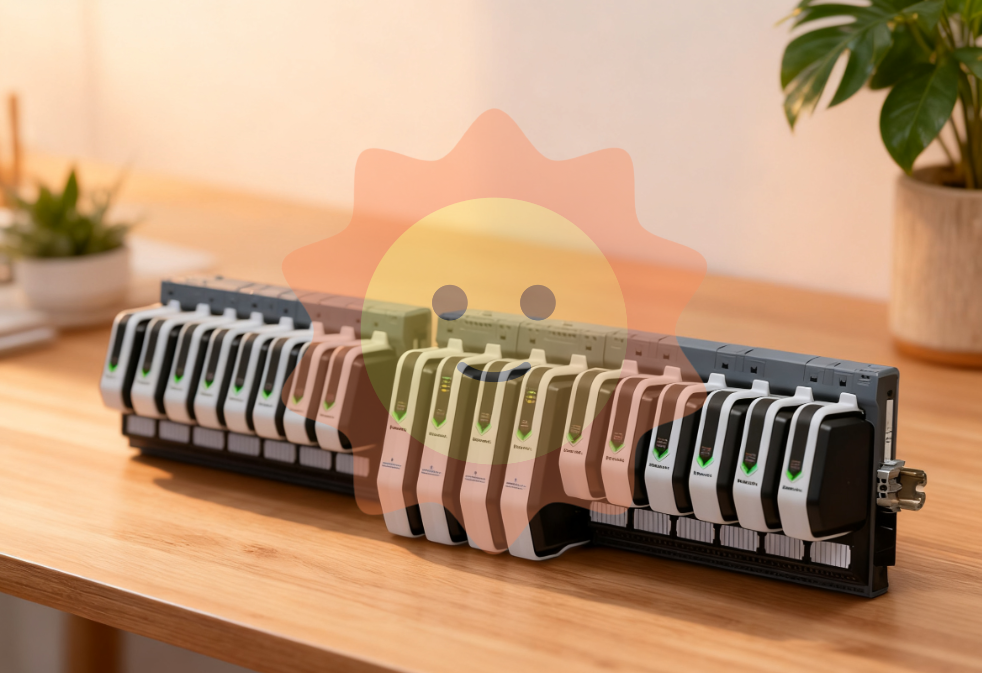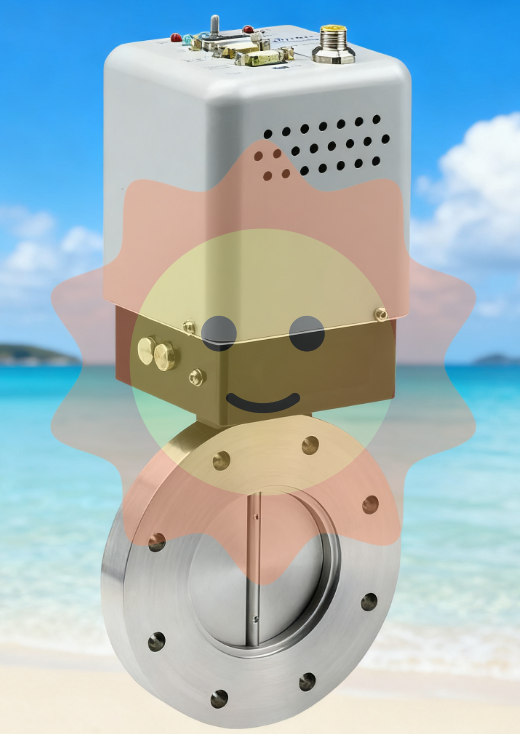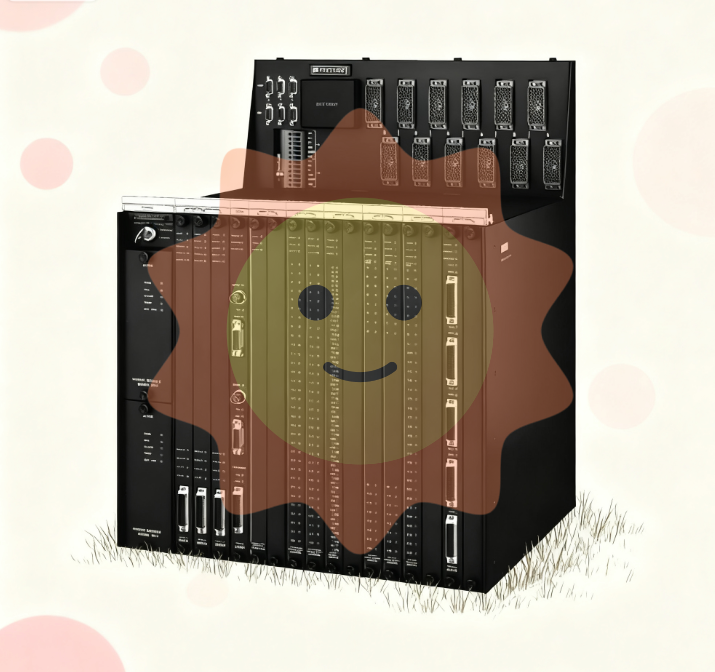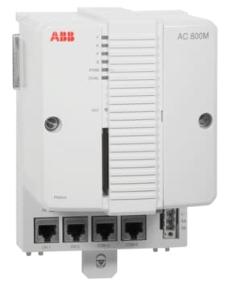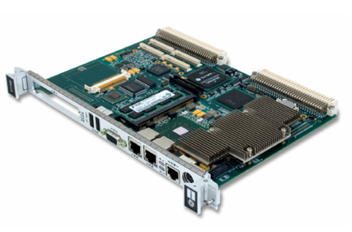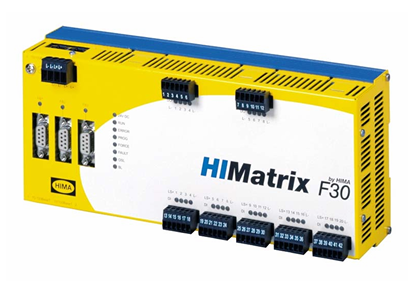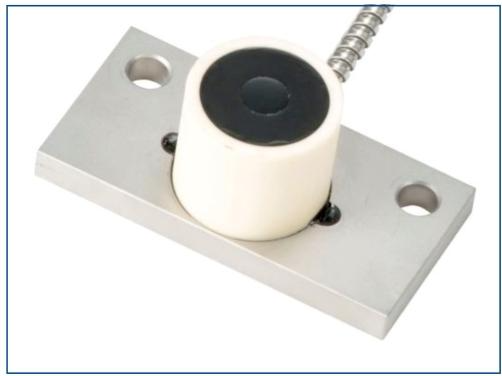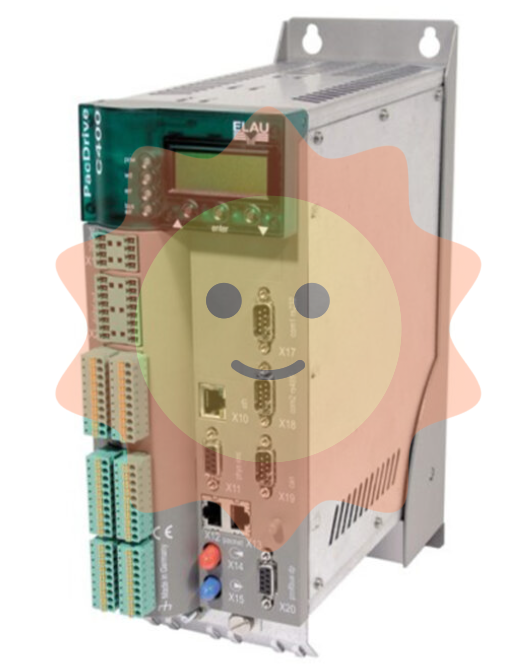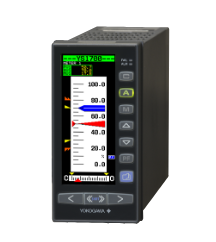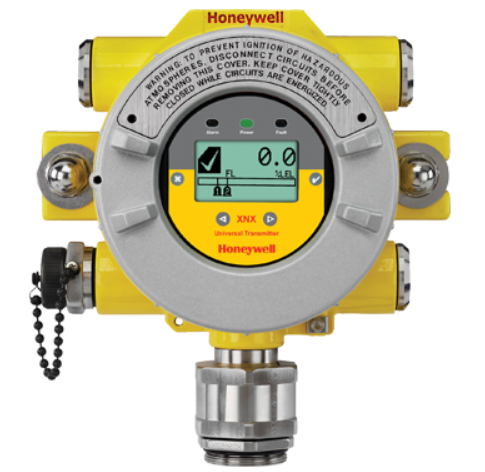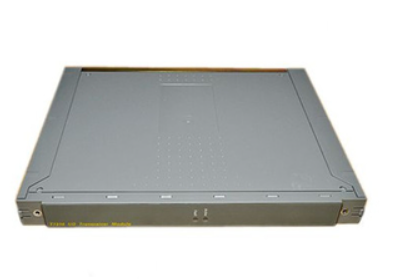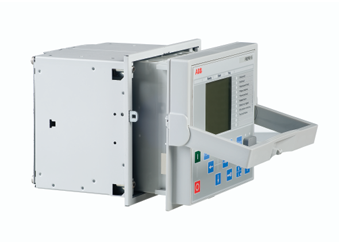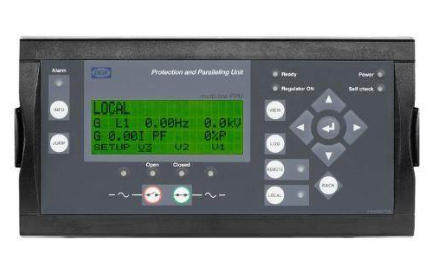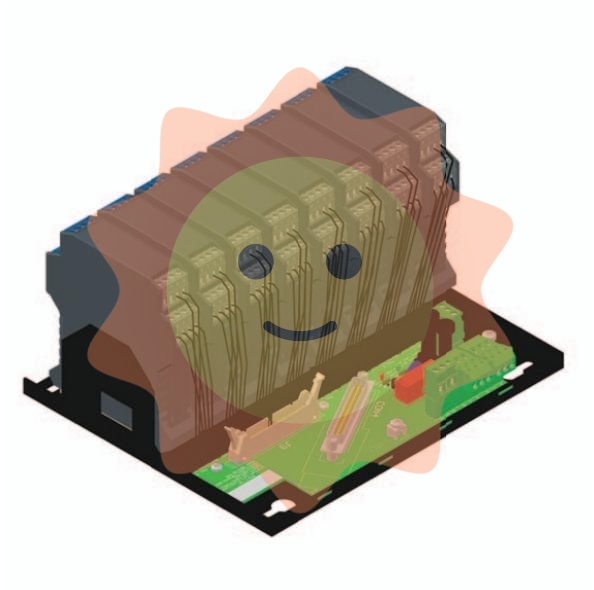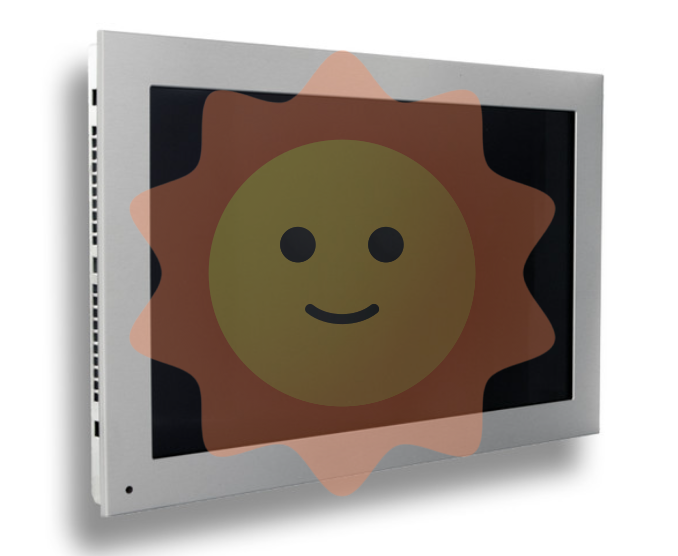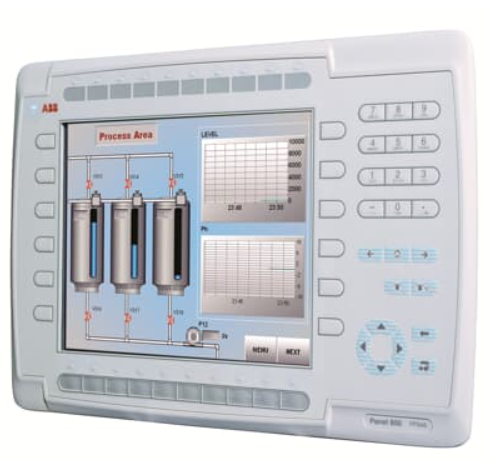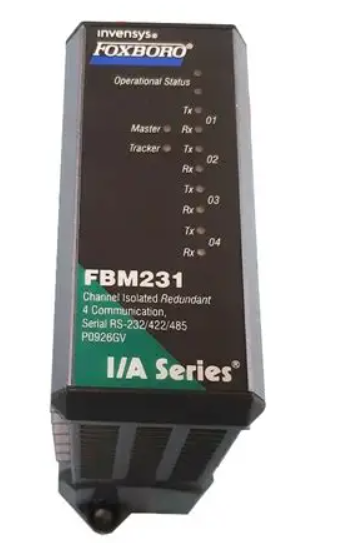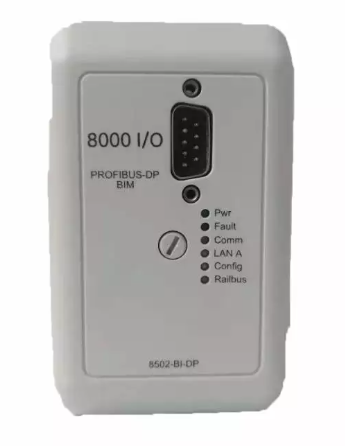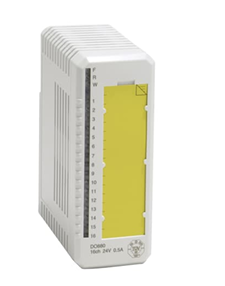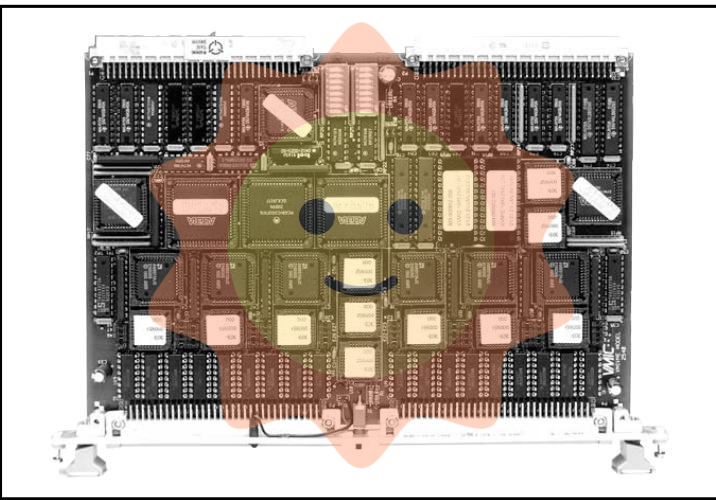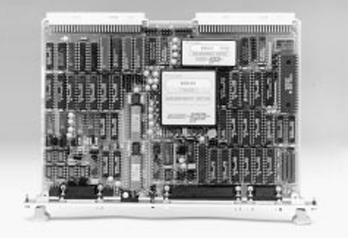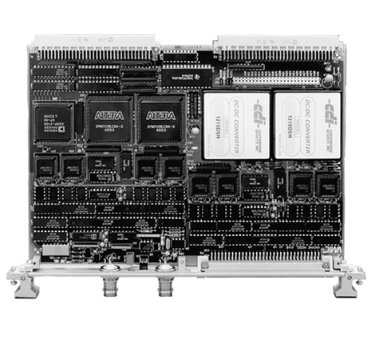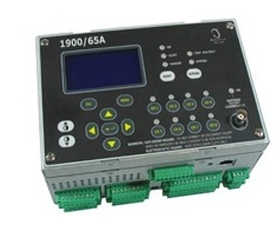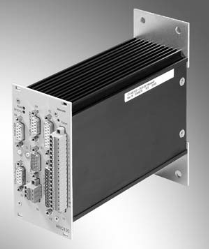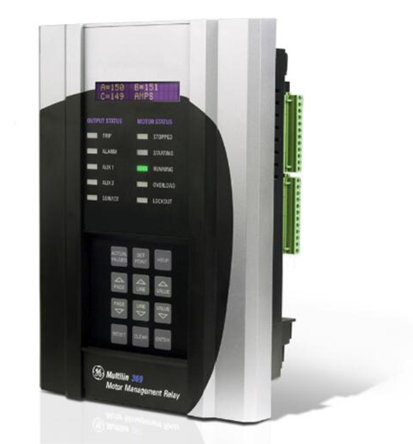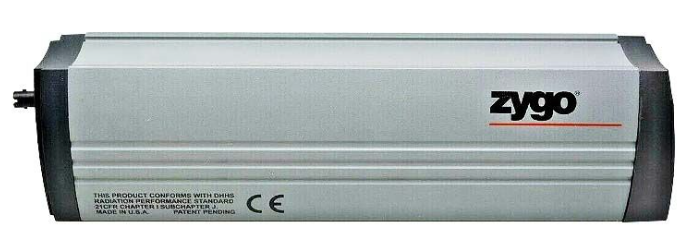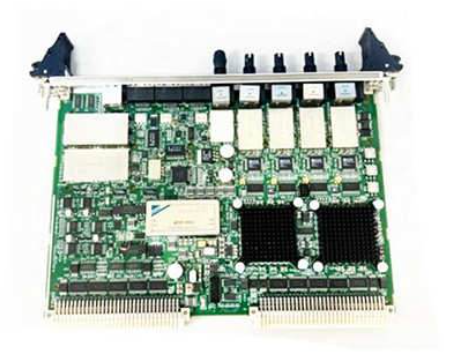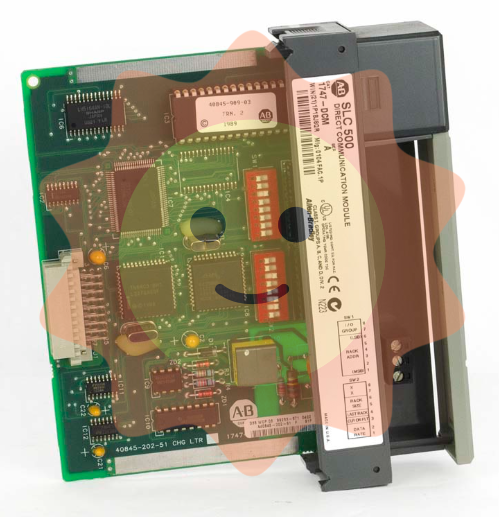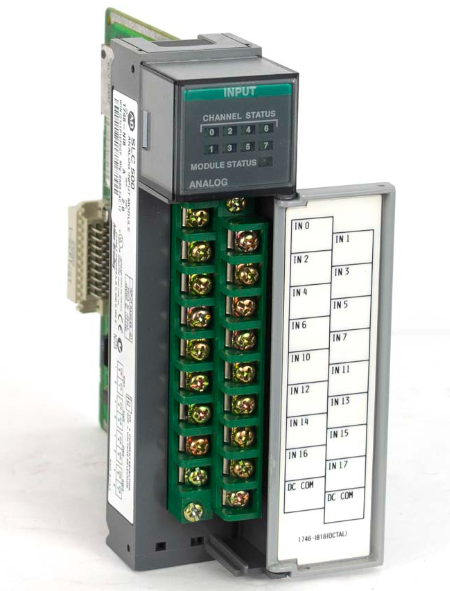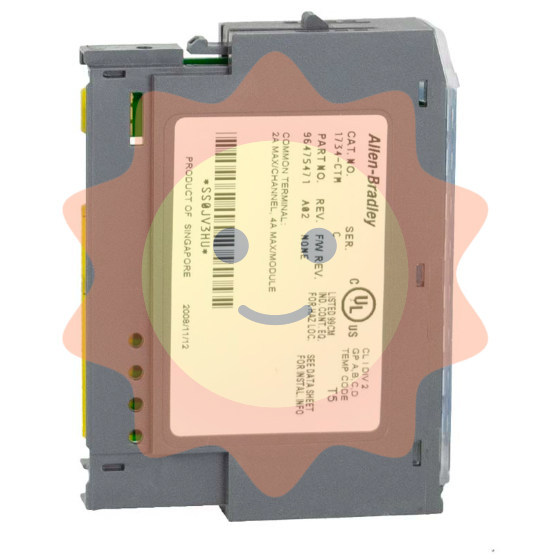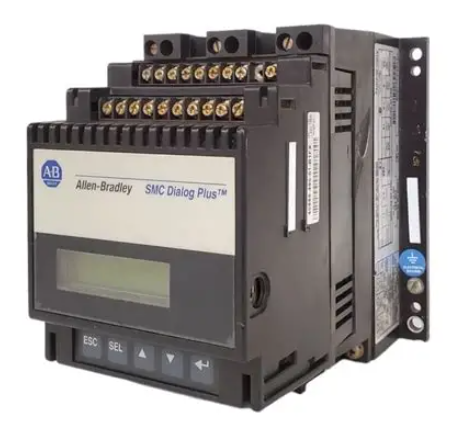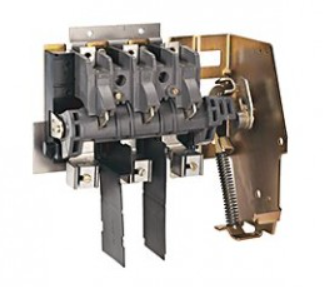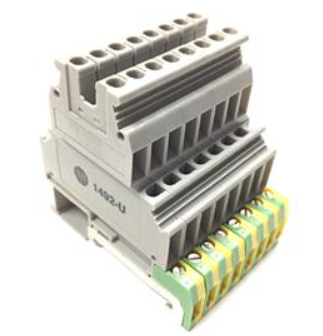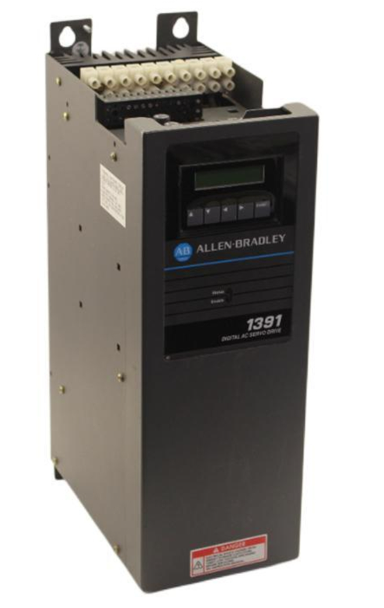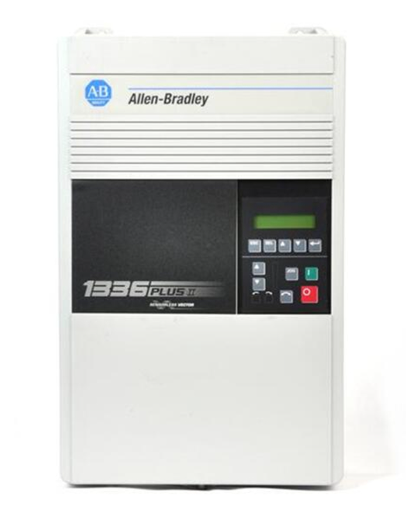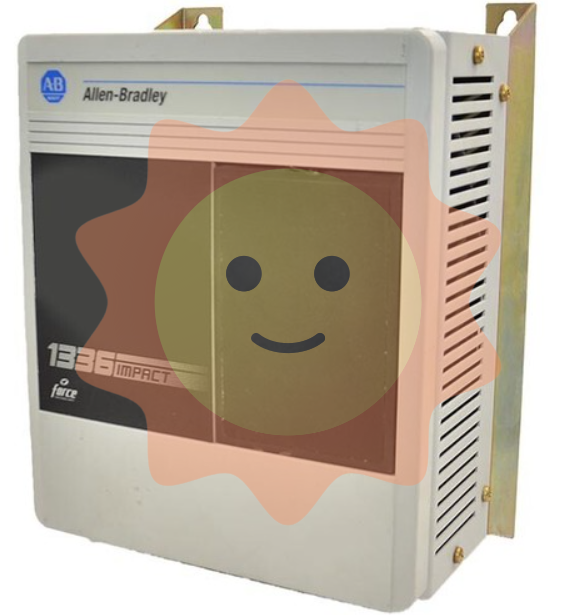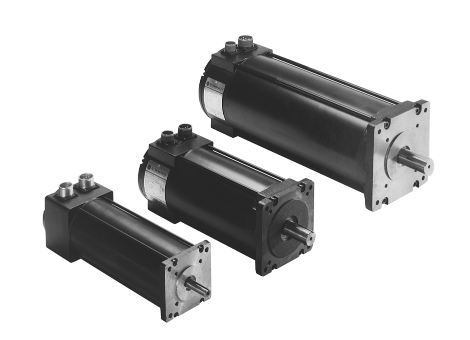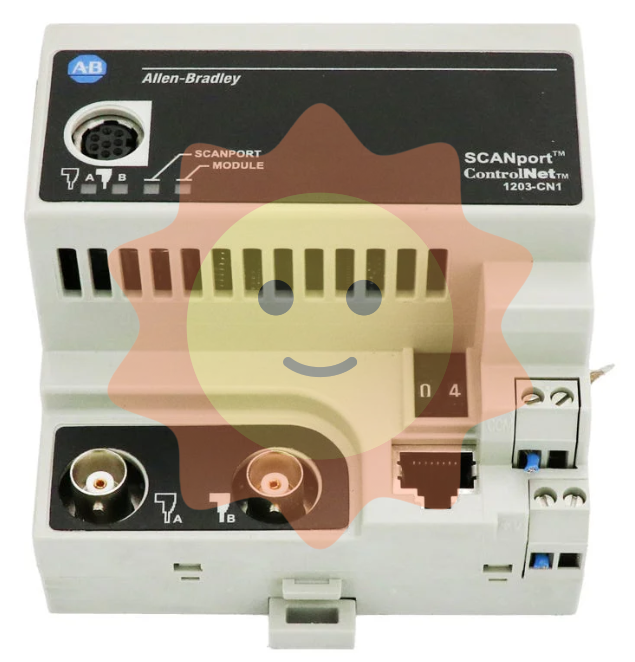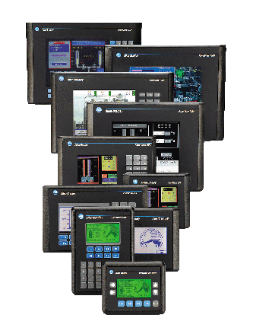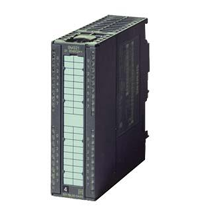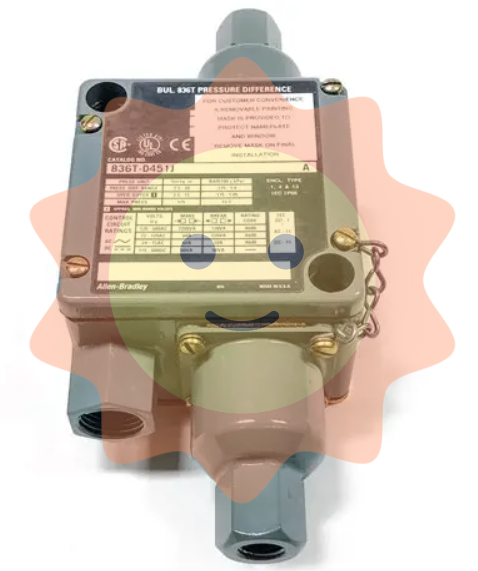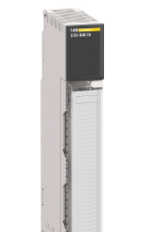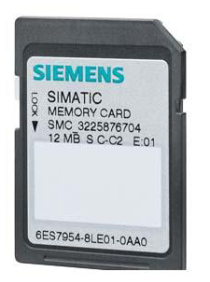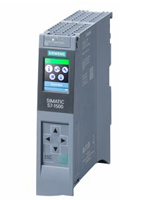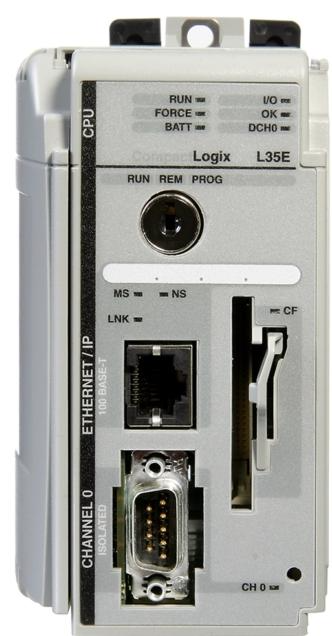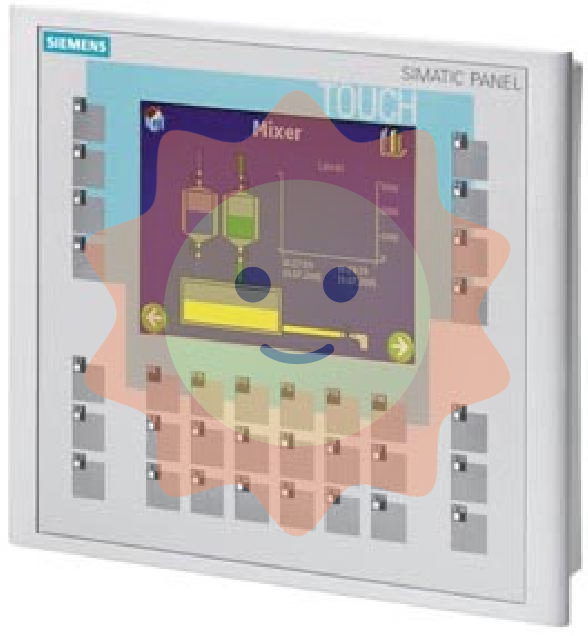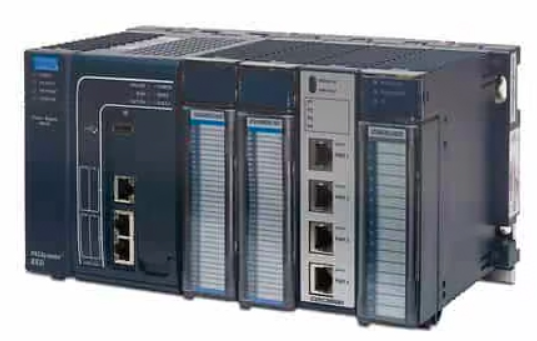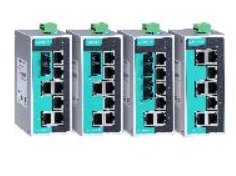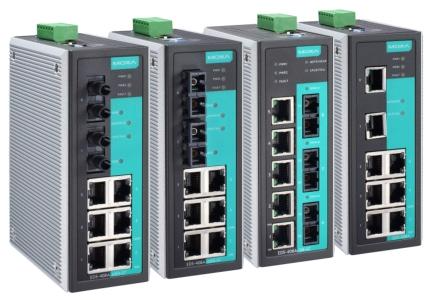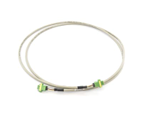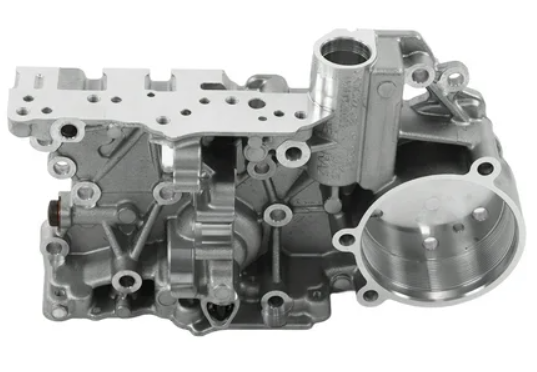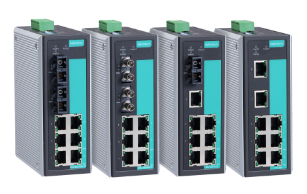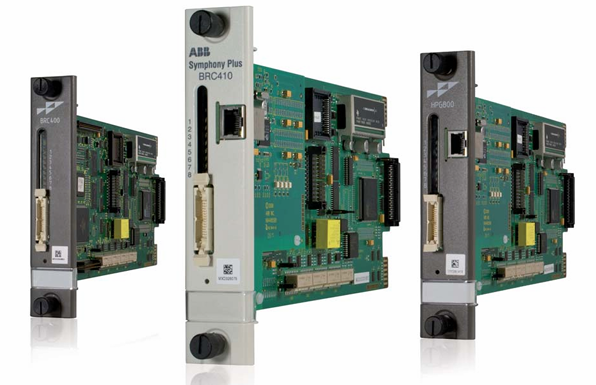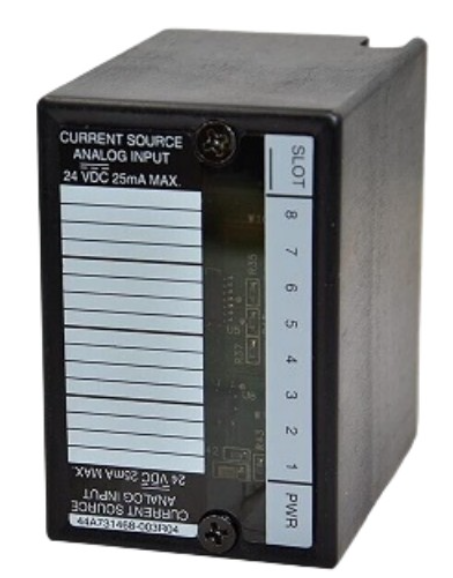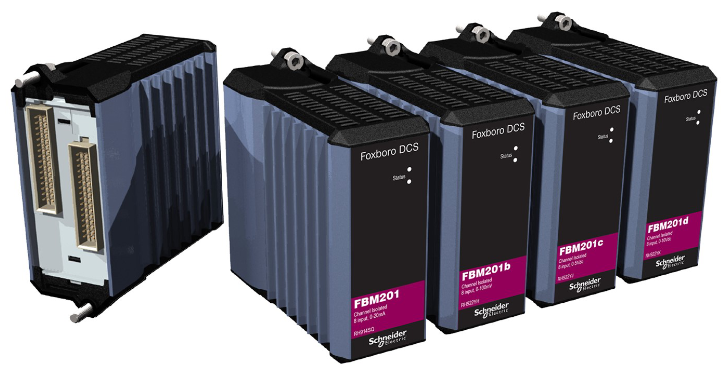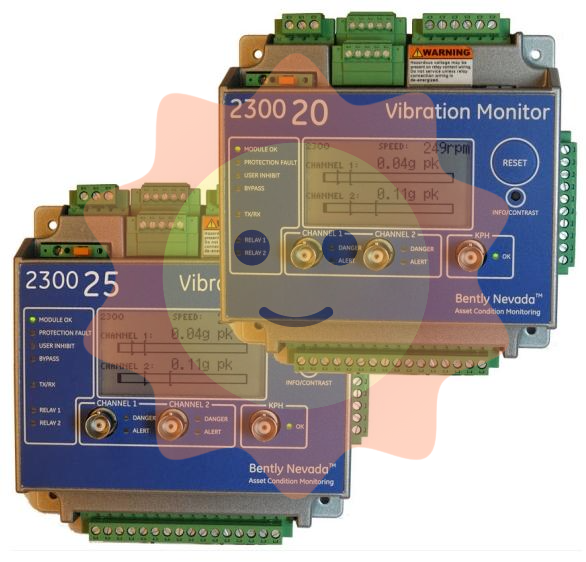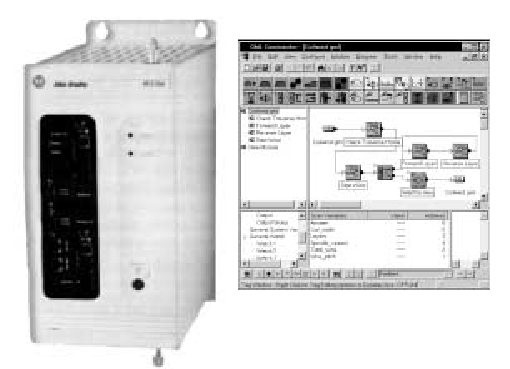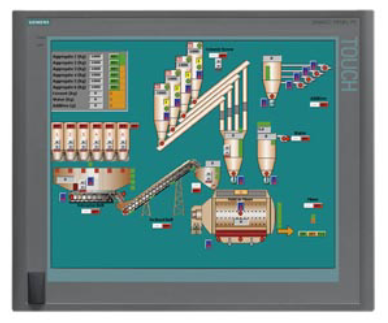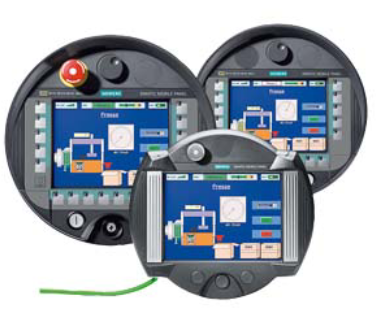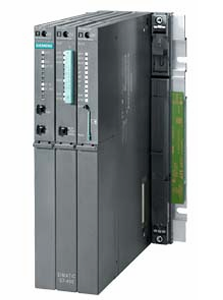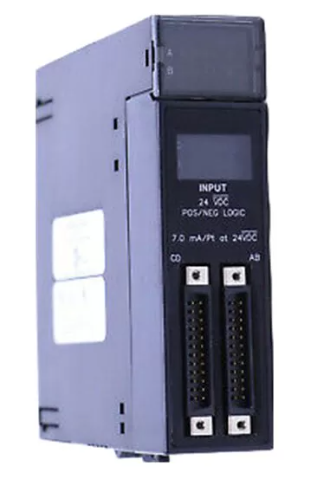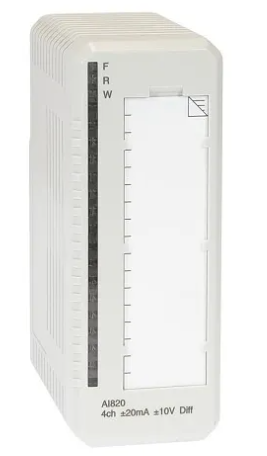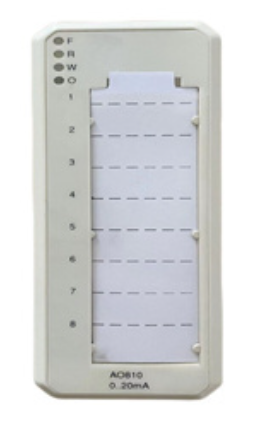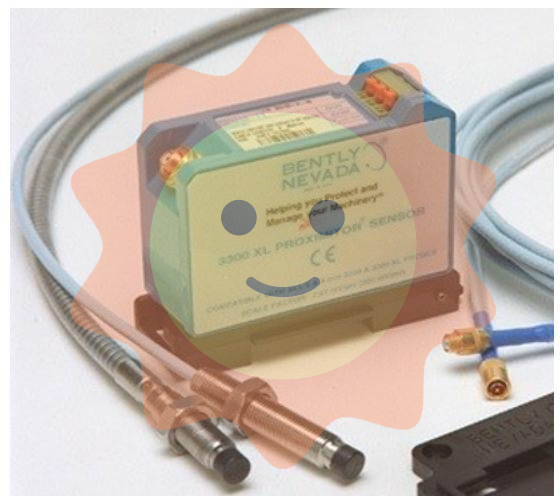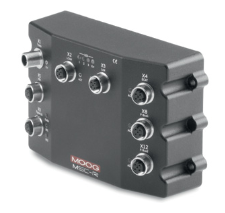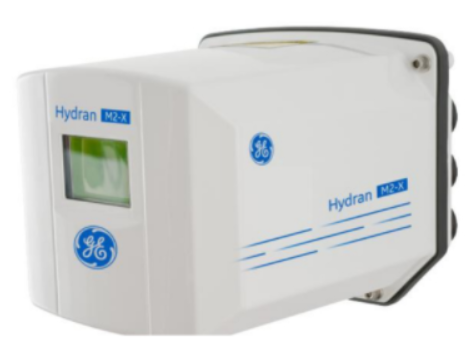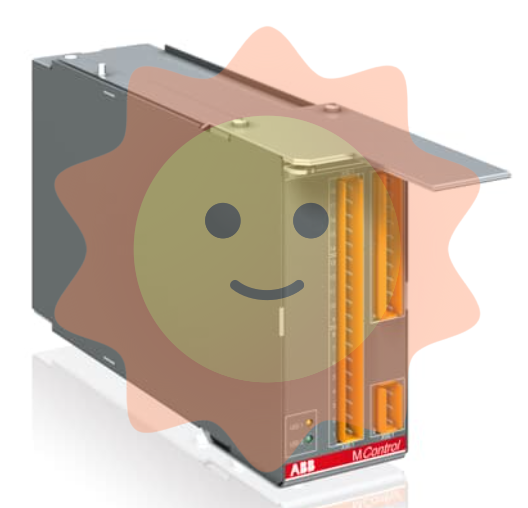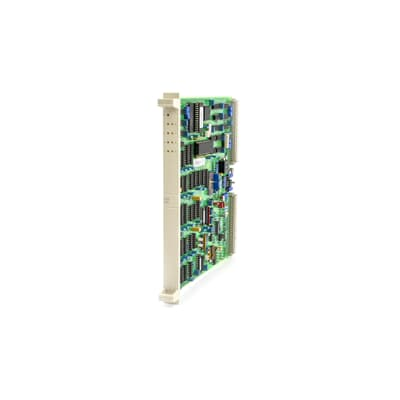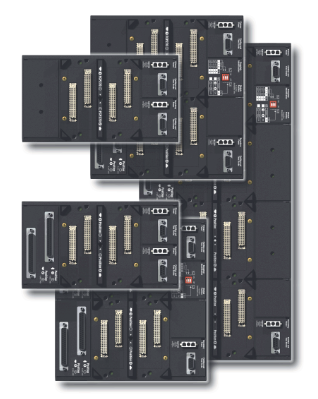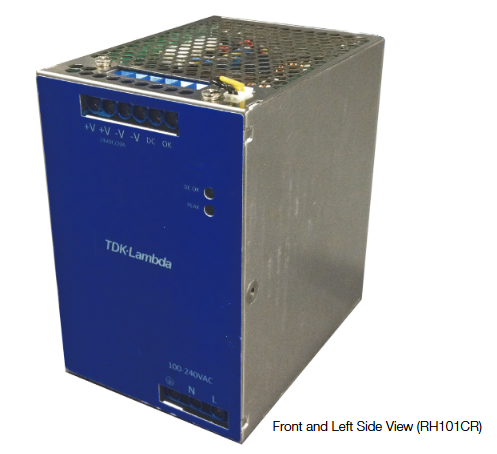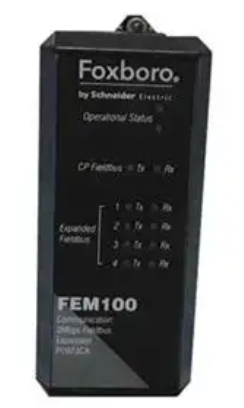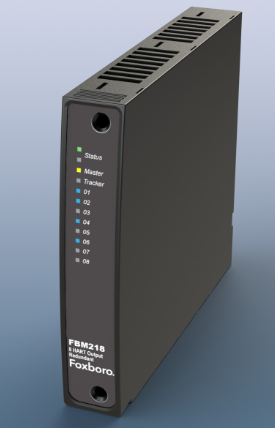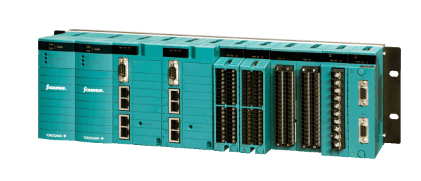ABB P-HA-MCL-41000000 I/O Mounting Column
Basic Information
Model and name: ABB P - HA - MCL - 41000000 I/O Mounting Column is a type of mounting column manufactured by ABB for mounting I/O (input/output) devices. The ‘P - HA - MCL - 41000000’ in the model number is a specific number in the ABB product family, which is used to accurately differentiate this product from other similar products in terms of features such as configuration, size or functionality.
Family: belongs to ABB's industrial automation installation family. This range typically supports the physical architecture of an automation system and includes a variety of mounting brackets, rails, cabinets and other components, of which this I/O mounting post is a key component specifically designed for mounting I/O devices.
Appearance and material: Generally a column structure, its appearance may be designed in a simple cylindrical or rectangular shape, which is easy to install and layout in the control cabinet or industrial site. As for the material, it is likely to be made of metal (e.g. aluminium alloy) or high-strength engineering plastics, which have good mechanical properties and stability, and are able to withstand a certain amount of weight and adapt to various conditions in the industrial environment.
Functional Features
I/O Device Mounting Features
Wide range of device compatibility: Designed for mounting many different types of I/O devices, such as digital input modules, digital output modules, analogue input modules, analogue output modules and so on. It provides standardised mounting interfaces that match the mounting holes or DIN-rail slots of most common I/O devices, making it easy for users to mount various makes and models of I/O devices to the column. For example, I/O modules that comply with DIN rail mounting standards can be easily mounted along the column's rail slot without the need for additional adapters.
Flexible Mounting Layout: It supports a variety of mounting methods and can be flexibly laid out according to actual industrial scenarios and system design requirements. It can either be mounted vertically on the side or back panel of the control cabinet to provide compact mounting space for I/O devices inside the control cabinet, or horizontally on the workbench as a standalone I/O device mounting bracket. In addition, a tiered or distributed I/O device mounting architecture can be constructed by combining multiple mounting columns to meet the mounting needs of a large number of I/O devices in a large automation system.
Stability and Reliability
Sturdy mechanical structure: The robust and durable structural design is able to withstand a certain weight of I/O device loads without deformation or damage. Factors such as the wall thickness of the column, the strength of the material, and the overall shape of the structure have been carefully designed to ensure that it maintains good mechanical stability over a long period of time. For example, when installing heavy-duty I/O modules or multiple I/O devices stacked on top of each other, it provides stable support and prevents the devices from shaking or loosening, which can lead to signal transmission interruptions or connection failures.
Anti-interference performance: Electromagnetic interference and mechanical vibration are common problems in industrial environments. This I/O mounting post has a certain anti-electromagnetic interference capability, and its material and structure may have electromagnetic shielding properties, which can reduce the impact of external electromagnetic fields on the I/O devices mounted on it. At the same time, it also has a certain degree of anti-vibration performance, through a reasonable structural design (such as reinforcement, vibration damping pads, etc.), to reduce the damage of mechanical vibration to the I / O equipment, to ensure that the equipment in complex industrial environments and stable operation.
Wiring and Connection Convenience
Optimised cabling design: Usually, there are convenient cabling channels or raceways designed inside or around the column to organise and protect cables between I/O devices and between I/O devices and other system components. These wiring channels allow cables to be distributed in a neat and orderly manner, preventing them from becoming tangled, crushed, or subjected to external mechanical damage, while also making it easier for maintenance personnel to inspect and repair the cables. For example, the wiring channels may be of a compartmentalised design, with power and signal cables arranged separately to reduce electromagnetic interference.
Convenient Connection Interface Locations: The location and interface layout of the mounting columns have been considered to facilitate the connection of the I/O device to other system components (e.g., controllers, power modules, communication modules, etc.). Its mounting position is usually close to other key components, allowing for moderate lengths of connecting cables, reducing signal attenuation and wiring costs. Moreover, the direction and arrangement of the interfaces are in line with industrial standards and practical operating habits, which is convenient for engineers to carry out system wiring and debugging work.
Technical Parameters
Mechanical parameters
Size: Size depends on the specific application and design requirements. The height may vary from 30cm to 2 metres to suit different installation space and equipment quantity requirements. The outside diameter or cross-section of the column is typically between 3 cm and 10 cm, which ensures sufficient strength to support the I/O devices without taking up too much space. For example, a typical mounting post might be about 1 metre in height with an outside diameter of about 5 cm, which would allow for the mounting of several small to medium sized I/O modules.
Physical properties of the material: If it is made of metal (e.g. aluminium alloy), its density may be around 2.7 - 2.8g/cm³, and its tensile strength can reach 200 - 300MPa, which can provide good mechanical strength and stability. If it is made of engineering plastics, the density may be around 1.2 - 1.4g/cm³, with better insulation and corrosion resistance, and its bending strength may be between 80 - 120MPa, which can also meet the general installation requirements.
Load-bearing capacity: capable of carrying a certain weight of I/O devices, the load-bearing capacity may range from a few kilograms to tens of kilograms. The specific carrying capacity depends on the size, material, structure and mounting method of the mounting post. For example, a common size mounting post may be able to carry a total weight of about 10 - 15 kg of I/O devices when mounted vertically, which is sufficient to meet the mounting requirements of I/O devices in most small and medium-sized automation systems.

- User name Member Level Quantity Specification Purchase Date
- Satisfaction :
-









Email:wang@kongjiangauto.com









